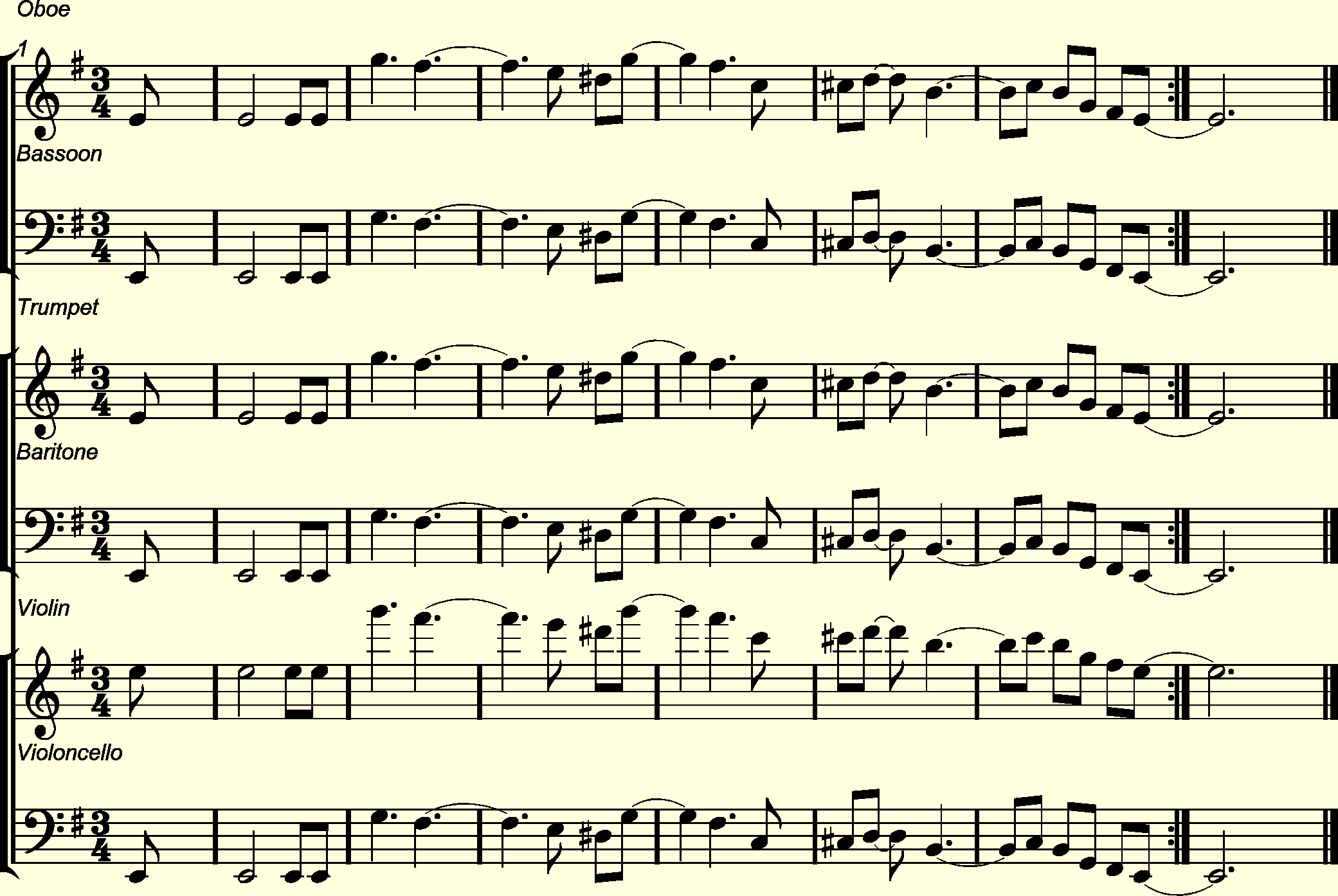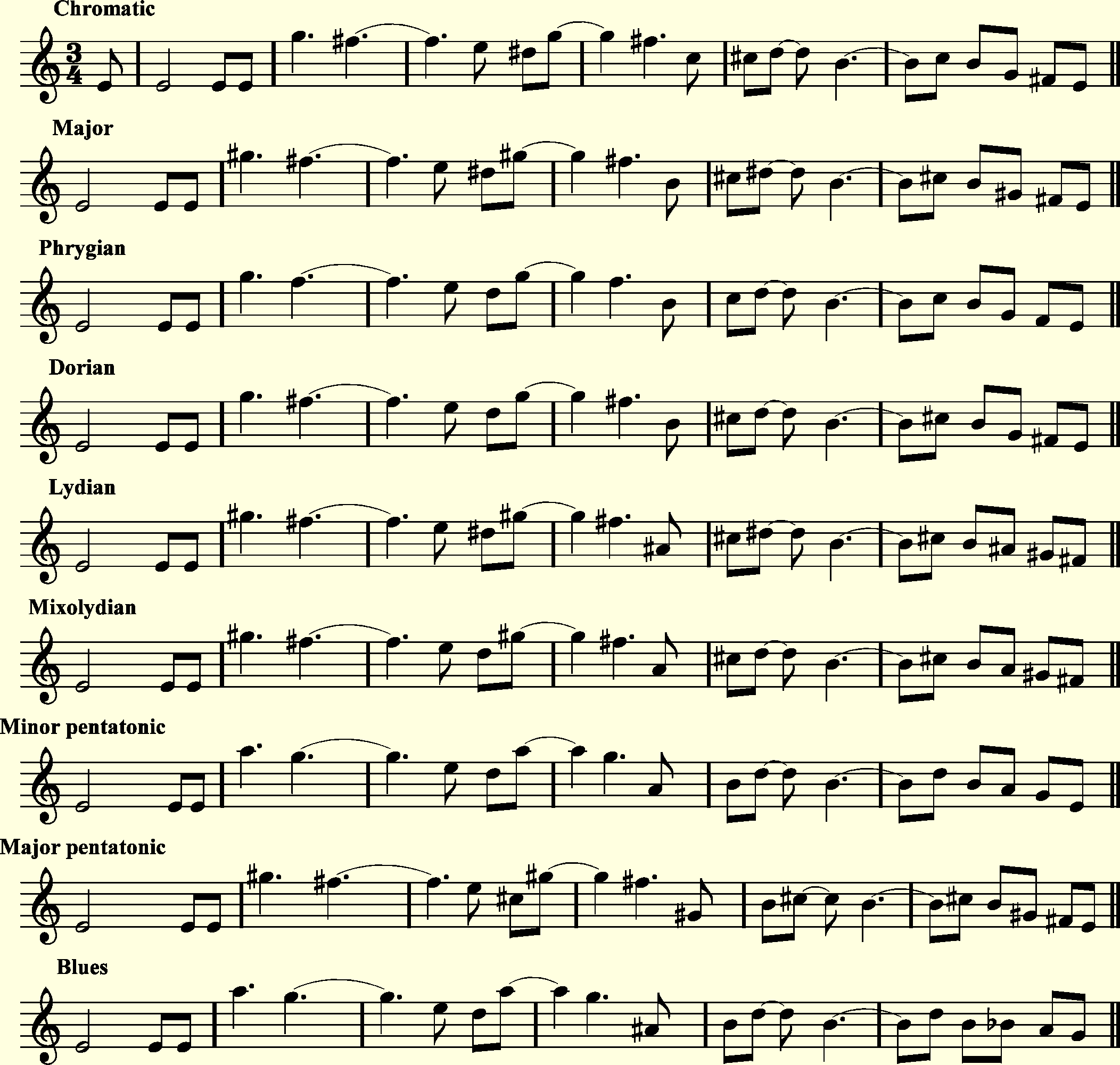The following two threads address your needs and concerns:
https://www.futureproducers.com/for...d-very-much-appreciate-any-help-given-435276/
https://www.futureproducers.com/for...ideos/14-tricks-improve-your-melodies-386637/
At one level I can agree that instrument will impact on how the melody is perceived - but in and of it itself a melody is simply a sequence of notes, with a given rhythm and dynamic contour/profile.
And, yes, motivic development is the hallmark of a lot of great music - Beethoven's 5th and 9th symphonies are stand out examples of how to build a work from a small number of melodic ideas that are presented, exploited and redesigned to create and maintain interest, develop contrast and maintain continuity in the listener.
see the above two linked posts to better understand this concept.....



